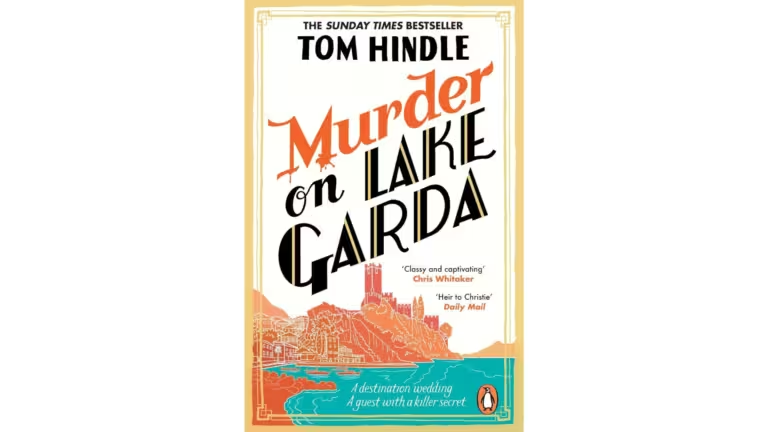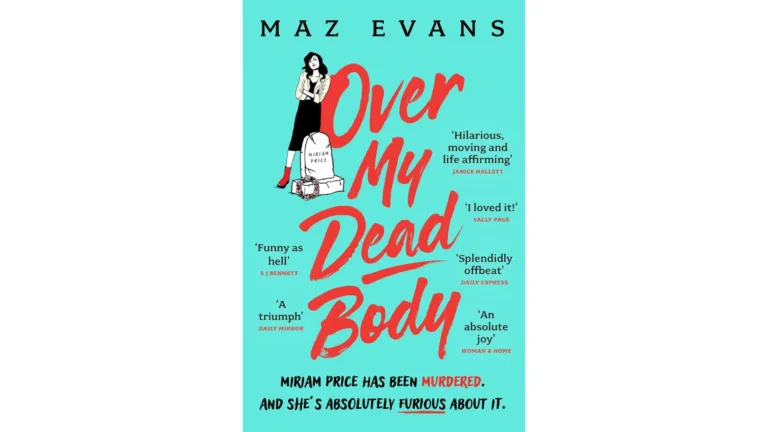“Seven Dead” is one of the Golden Age crime classics by J. Jefferson Farjeon. Farjeon may not be a household name today, but back in the day, he was all the rage. The novel takes place in a quaint countryside town in England and later in Boulogne, France. A common house thief accidentally discovers seven bodies in a locked room in an empty manor house. None of the victims are related nor lived in the manor. Detective Inspector Kendall takes on the case with the help of a freelance journalist and yachtsman, Thomas Hazeldean.
Seven Dead Review
This review may contain spoiler, read with your own risk.
With a blurb like that, I was instantly hooked. And knowing the novel hailed from the Golden Age of mysteries, I had a feeling it might be a good one. “Seven Dead” features two lead characters who guide readers through the labyrinth of mysteries. At first, I was skeptical about Hazeldean. I mean, how does a Detective Inspector just trust people so easily? I genuinely thought Hazeldean might be the culprit.
Thankfully, over the course of the novel, the two lead characters make sensible choices. My feelings for Hazeldean changed when he took the lead in the middle of the novel. And it’s quite satisfying that, in the end, you need both characters to tie up the mystery. No amount of sleuthing by one character alone would have solved the case, in my opinion.
If this sounds intriguing, you can grab your copy of “Seven Dead” through here:
Purchasing through this link helps support my blog at no additional cost to you.
I also found Kendall’s character hilarious. Sensible and full of sarcasm. His method of investigating is respectable and thorough. I read that readers like Kendall in other novels as well. As for Hazeldean, he describes himself as a romantic. And it shows right from the beginning of the novel. He falls in love with a girl from a painting and hopes to save the same girl from danger. I told you, a romantic.
As for what I found as a nuisance is how the novel depicts Dora. And this is not just a problem with this novel. Often, novels from the early 20th century portray women as ‘half-witted’ or ‘weak-minded.’ The tone of sexism is strong, don’t say I didn’t warn you. Dora is exactly what you’d call a damsel in distress. She completely throws herself into the hero’s hands and cannot make her own decisions. Even the subtlest shock might send her into such distress that her weak mind goes loony.
I understand that, in that era, the notion was that men must be caretakers of women. Women had no freedom, and men made all the decisions for them. Including trusting a child or woman in the hands of a family member she never met, living thousands of miles away! Or trusting herself to the hands of a stranger she just met, maybe two hours ago. If you want to read more about this subject, click here.
Another nuisance is the French language without English translation, so you better have a French dictionary ready when you read this novel.
However, Farjeon’s writing is clear and engaging. When he wrote about the details, it was intriguing and made you want to finish quickly just to find out who and how they did it. But oh, the ending! Farjeon throws in a plot twist, but it’s all dampened by a too-long diary entry. I found myself just skimming over the diary, eager to get the plot moving forward. I get it, Farjeon, you wanted to reintroduce the victims. But with the diary entry, I find myself not caring that much about them. And really, how come seven people couldn’t overpower one person
All in all, “Seven Dead” is quite enjoyable for me. It is a classic whodunnit with twists. If you enjoy British crime mysteries that make you feel like you’ve stepped into a cozy, albeit slightly murderous, Agatha Christie novel, then this one’s for you. Just be prepared for some early 20th-century sexism and a diary entry that might test your patience.
About the Author
J. Jefferson Farjeon is an almost forgotten English crime and mystery novelist, playwright and screenwriter. Born in 1883, Farjeon was prolific, writing more than 80 novels during his career. He was praised by Dorothy L. Sayers and enjoyed considerable success in his time. Farjeon’s works often featured intricate plots and engaging characters, making him a notable figure in the Golden Age of detective fiction. Click here if you want to read Mystery in White, also by Farjeon.
Rating: 3 out of 5 muse points. If only there were extra points for making me feel like an armchair detective!






